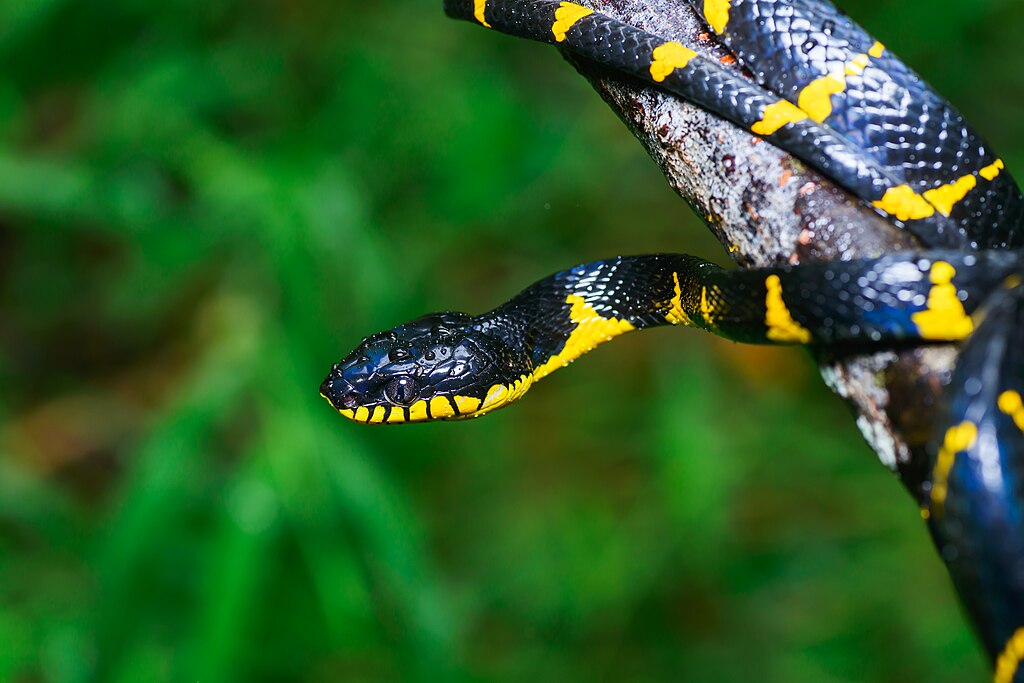Few things can trigger panic in a reptile owner quite like discovering their snake has vanished from its enclosure. What starts as a peaceful hobby can quickly turn into a household-wide search operation when your slithery companion decides to explore beyond its designated boundaries. Snake escapes are surprisingly common, even among experienced reptile keepers, and understanding why and how these escapes occur is crucial to preventing future breakouts. This comprehensive guide will help you secure your serpent’s home, implement effective recapture strategies, and maintain both your peace of mind and your pet’s safety. Whether you’re dealing with a current escape artist or hoping to prevent future disappearing acts, these practical solutions will help you keep your scaled friend where it belongs.
Understanding Why Snakes Escape
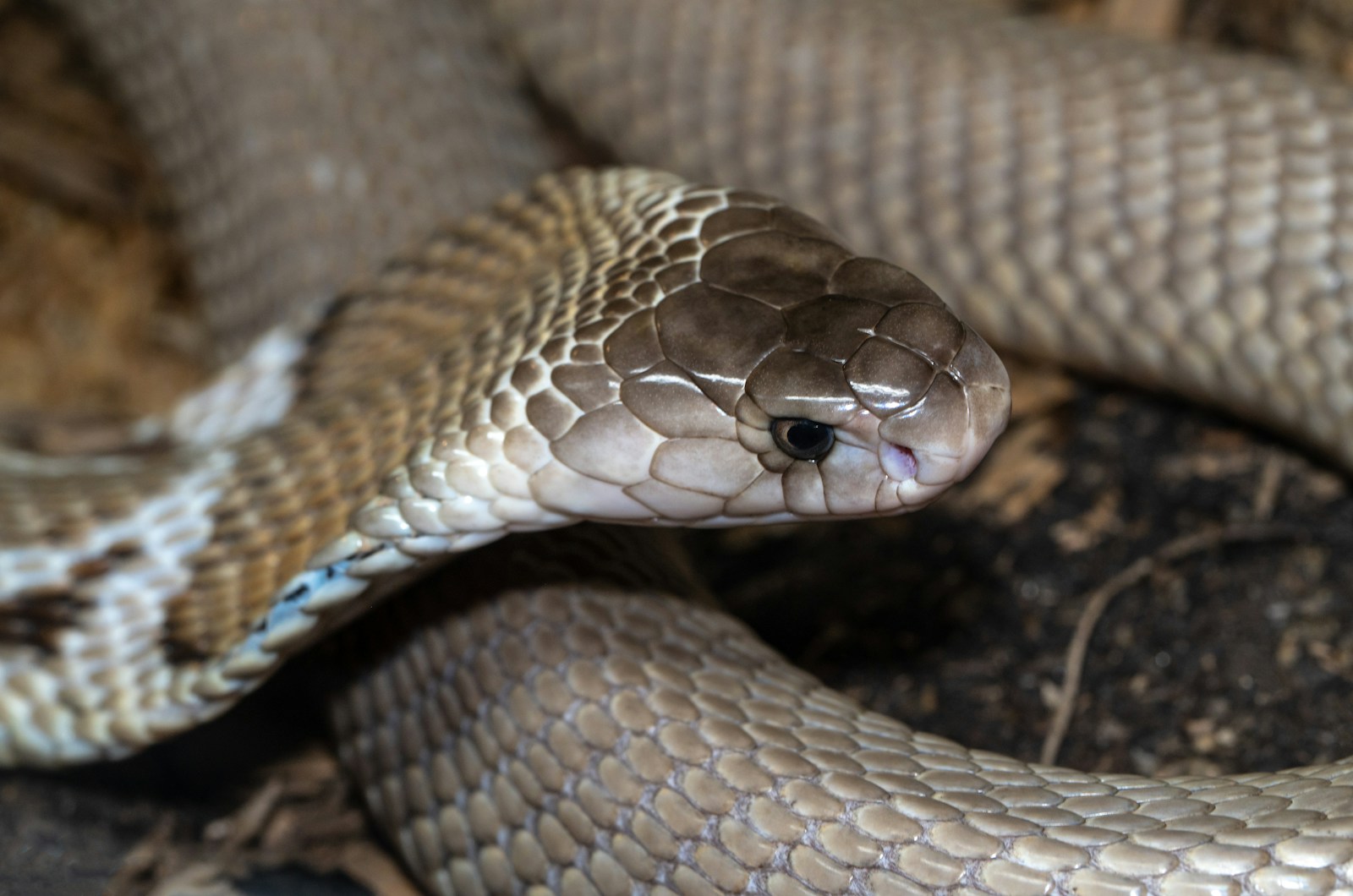
Snakes are natural explorers with bodies perfectly designed for squeezing through tight spaces. In the wild, this ability helps them hunt prey and escape predators, but in captivity, it makes them exceptional escape artists. Most escapes occur because the snake is seeking something it lacks in its enclosure—proper temperature gradients, adequate hiding spots, or appropriate humidity levels. Others escape when driven by hunger or breeding instincts, particularly during mating seasons when male snakes become especially determined to find potential mates. Some species are notably more prone to escaping than others, with arboreal species like green tree pythons and corn snakes being particularly adept climbers and escape artists. Understanding your specific snake’s natural behaviors and needs is the first step toward creating an environment it won’t want to leave.
Common Tank Vulnerabilities
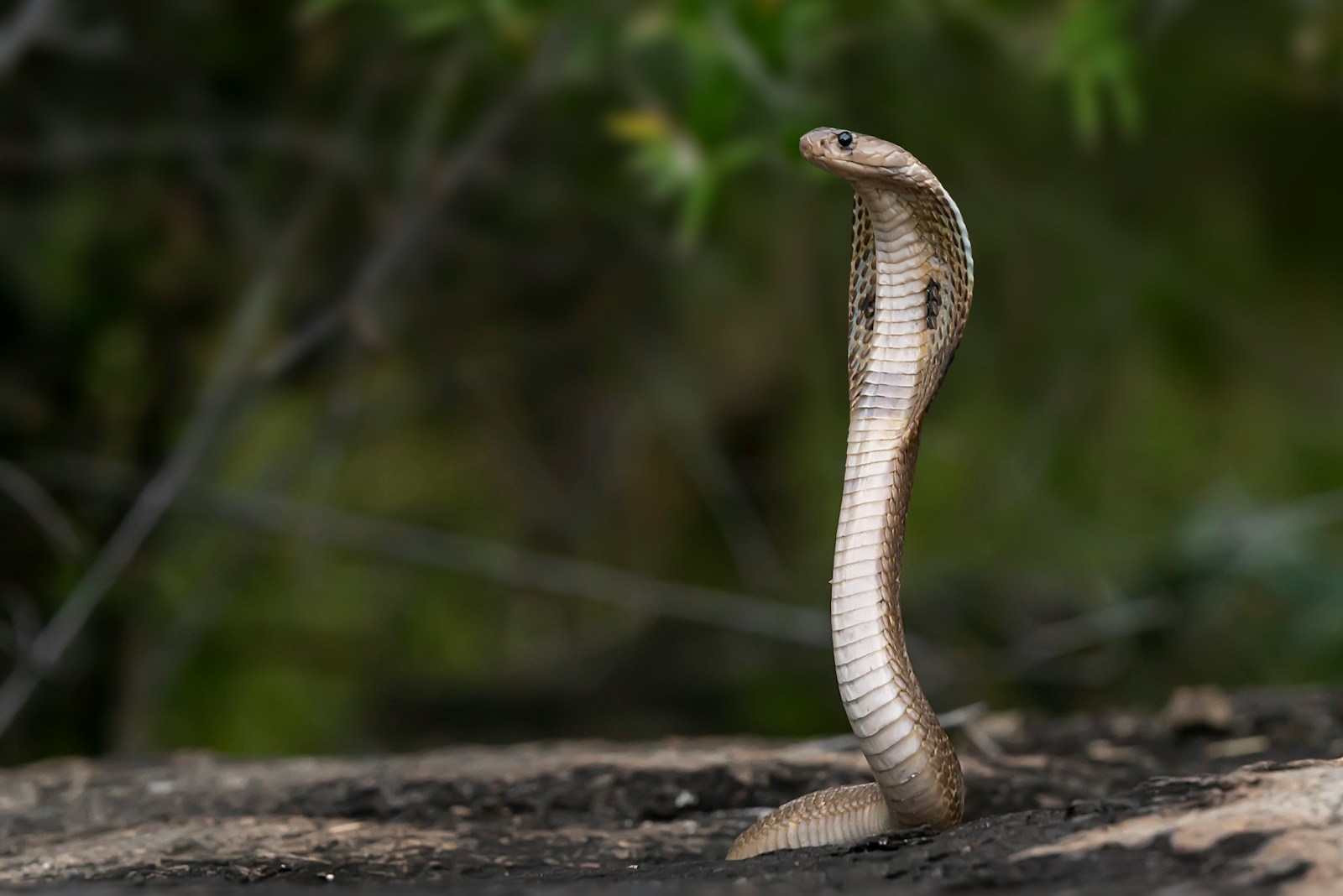
Most snake escapes happen through completely preventable openings that owners simply overlook. Screen tops are frequent culprits, especially when they aren’t properly secured or have developed slight bends that create gaps at the edges. Cable ports, filter openings, and equipment access points in aquarium-style tanks provide perfect exit routes for determined reptiles. Doors and sliding panels that don’t fully close or lock can be pushed open by even modestly strong snakes using their muscular bodies. Some particularly ingenious snakes have been known to use tank decorations as climbing apparatus, creating pathways to otherwise inaccessible escape points near the top of the enclosure. Even the tiniest gap may be enough for a snake to squeeze through—remember that if their head fits, their entire body can usually follow due to their flexible ribs.
Selecting an Escape-Proof Enclosure

The foundation of preventing escapes begins with selecting the right enclosure for your particular snake species. For most snake keepers, purpose-built reptile terrariums with front-opening doors and secure locking mechanisms provide the best security, as they’re designed specifically with escape prevention in mind. Glass aquariums can work but require significant modifications, including secure screen tops with locks and sealed access points. PVC enclosures have become increasingly popular for their insulation properties and security features, including smooth interior walls that provide fewer climbing opportunities. For particularly determined escape artists, consider specialized enclosures with key locks rather than simple latches that clever snakes might learn to manipulate. Whatever style you choose, ensure it provides adequate space for your snake to exhibit natural behaviors while maintaining security—an enclosure that’s too small may increase escape attempts as your snake searches for more suitable accommodations.
Simple But Effective Security Modifications
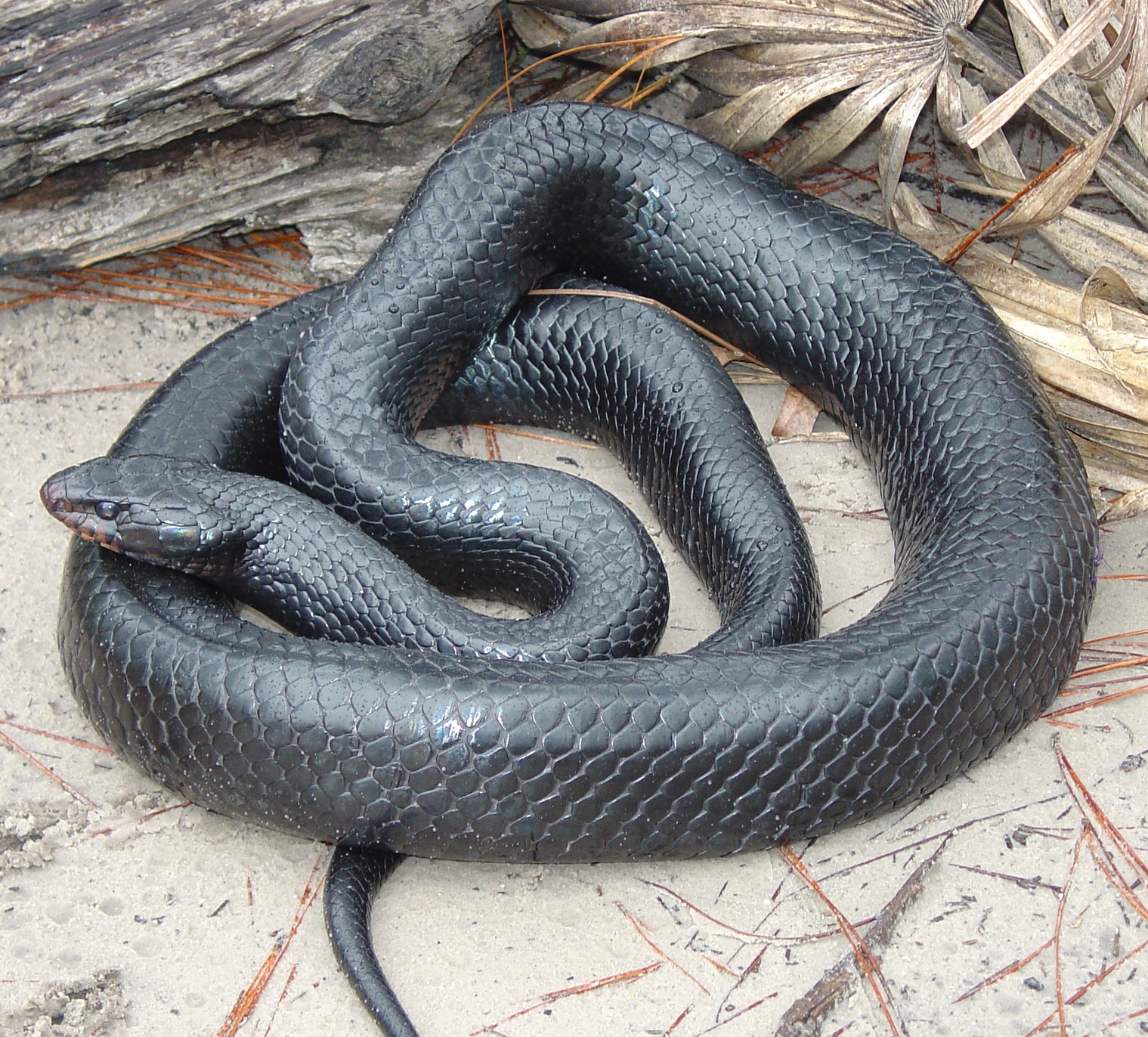
You don’t always need to purchase an entirely new enclosure to improve security—strategic modifications can transform a problematic tank into a secure habitat. Heavy-duty clips designed specifically for reptile enclosures can secure screen tops far more effectively than the flimsy clips that often come standard with aquariums. Silicone sealant, applied to interior corners and potential gap areas, provides a flexible yet durable barrier that prevents snakes from exploiting tiny openings. For snakes that push against sliding doors, installing simple lock pins or even child-proof cabinet locks can prevent them from creating escape gaps. Weight-based solutions, such as placing heavy books or aquarium decorations strategically on screen tops, can provide temporary security while you arrange more permanent solutions. Even something as simple as aquarium-safe silicon tape applied to edges where gaps might form can make a significant difference in preventing escapes.
Creating an Environment Your Snake Won’t Want to Leave
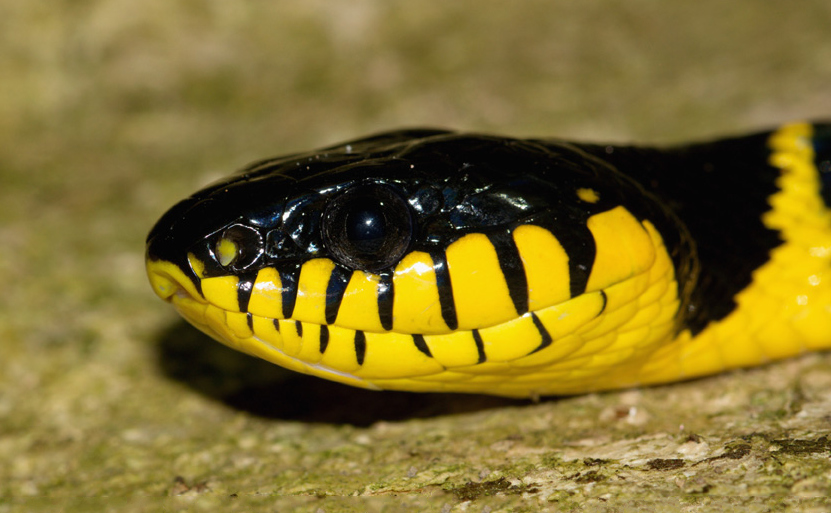
A comfortable snake is less likely to attempt escape, making proper habitat setup an essential part of security. Ensure your snake’s enclosure includes multiple appropriate hiding spots—at minimum, one on the warm side and one on the cool side—so your pet feels secure and doesn’t seek shelter elsewhere. Maintain proper temperature gradients with warm and cool zones that match your species’ natural habitat, as temperature stress is a common escape motivator. Correct humidity levels are equally important, particularly for tropical species that may search for more suitable conditions if kept too dry. Provide appropriate enrichment through climbing branches, tunnels, or other species-specific environmental features that satisfy natural behaviors and curiosity. Regular feeding schedules also reduce the likelihood of a hungry snake attempting to search for food beyond its enclosure, particularly important for active foraging species.
What to Do Immediately After Discovering an Escape

The moment you discover your snake is missing, it’s crucial to act quickly but methodically. First, secure all exits from your home, including doors and windows, and place towels under door gaps to prevent your snake from leaving the building entirely. Immediately search the area immediately surrounding the enclosure, as many snakes don’t venture far from their home base initially. Check warm areas like under refrigerators, behind electronics, inside speaker cabinets, or near heating vents, as snakes are naturally drawn to heat sources. If you have other pets, temporarily contain them in a separate, secure area to prevent potential harmful interactions with your escaped snake. Create a detailed search plan dividing your home into zones, systematically working through each area and marking it as cleared before moving to the next, ensuring no potential hiding spot goes unchecked.
Advanced Search Techniques for Finding Missing Snakes

When initial searches fail to locate your escaped snake, it’s time to implement more sophisticated methods. The “flour trap” technique involves sprinkling a fine layer of flour across doorways and suspected travel paths, which will show tracks if your snake crosses through during the night when they’re typically most active. Strategic placement of “snake traps”—simple setups using crumpled plastic bags that make noise when disturbed, placed along walls where snakes typically travel—can alert you to movement. Creating attractive hiding spots by placing warm hide boxes with inviting substrate in quiet corners may entice your snake to take refuge somewhere predictable. For particularly challenging searches, some owners have success using infrared cameras or thermal imaging devices to detect their cold-blooded pets against the warmer background of the home. Remember that patience is essential—some escaped snakes have been found weeks after their initial disappearance.
Safe Capture and Return Procedures

When you finally locate your escaped snake, proper handling is crucial to ensure neither you nor the reptile gets injured during recapture. Approach calmly and slowly to avoid startling the snake, which could cause it to flee to an even less accessible location or potentially strike if it feels threatened. For non-venomous species, gently grasp the snake behind the head and support its body with your other hand—never grab or pull a snake by its tail, as this can cause spinal injuries. If the snake is in a difficult-to-reach area, use a snake hook or similar tool to gently guide it to a more accessible position before attempting hands-on capture. Once recaptured, immediately return your snake to its enclosure and perform a thorough health check, looking for injuries, dehydration, or weight loss that might have occurred during its adventure. Provide fresh water immediately, as escaped snakes often become dehydrated during their time away from their proper habitat.
Regular Maintenance Checks for Prevention
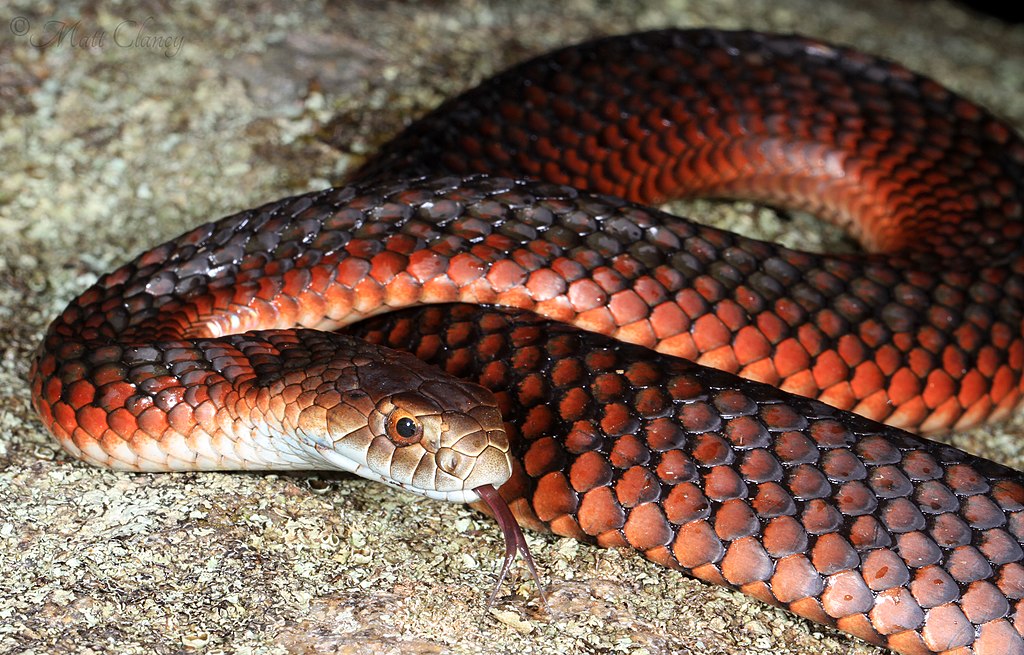
Establishing a consistent maintenance routine is essential for long-term escape prevention. Perform weekly security checks of your enclosure, examining every inch of the tank for potential vulnerabilities, including screen damage, loose fixtures, or developing gaps in seals or connections. Test all locks and latches regularly by gently applying pressure similar to what your snake might exert when trying to escape, ensuring they remain functional and secure. Pay particular attention to areas around heat lamps, UVB fixtures, or any other equipment that penetrates the enclosure, as these connection points often develop weaknesses over time. Substrate depth should be monitored and maintained at appropriate levels, especially for burrowing species that might dig down to find escape routes along the enclosure floor. Create a maintenance checklist and log to ensure no aspect of enclosure security is overlooked during routine care sessions.
Species-Specific Containment Strategies
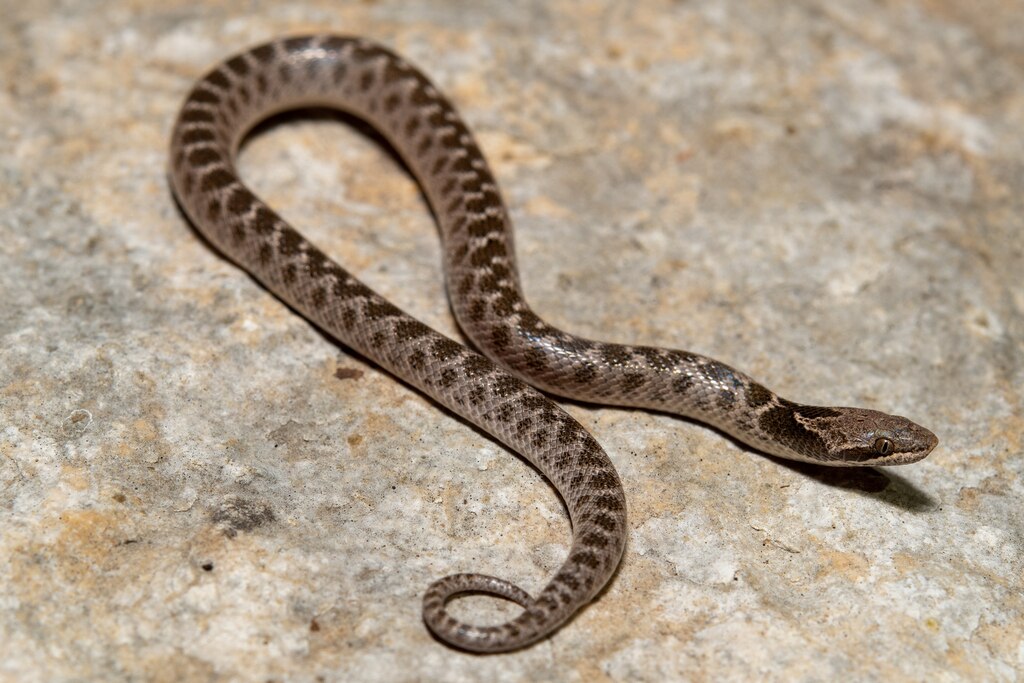
Different snake species have evolved unique abilities that make them particularly adept at certain escape methods, requiring targeted prevention strategies. Arboreal species like green tree pythons or emerald tree boas are exceptional climbers that require enclosures with secure tops and minimal climbing paths to potential exit points. Smaller species such as ring-necked snakes or children’s pythons can squeeze through remarkably tiny gaps and need particularly meticulous sealing of all potential openings. Powerful constrictors like boa constrictors or Burmese pythons can apply significant force against doors or lids and require industrial-strength latches or even padlocks on their enclosures. Burrowing species such as sand boas or Mexican black kingsnakes may attempt to dig under enclosure edges, necessitating deep substrate barriers or floor-level security features. Understanding your specific species’ natural behaviors and physical capabilities allows you to anticipate and prevent their most likely escape methods.
Technology Solutions for Enhanced Security
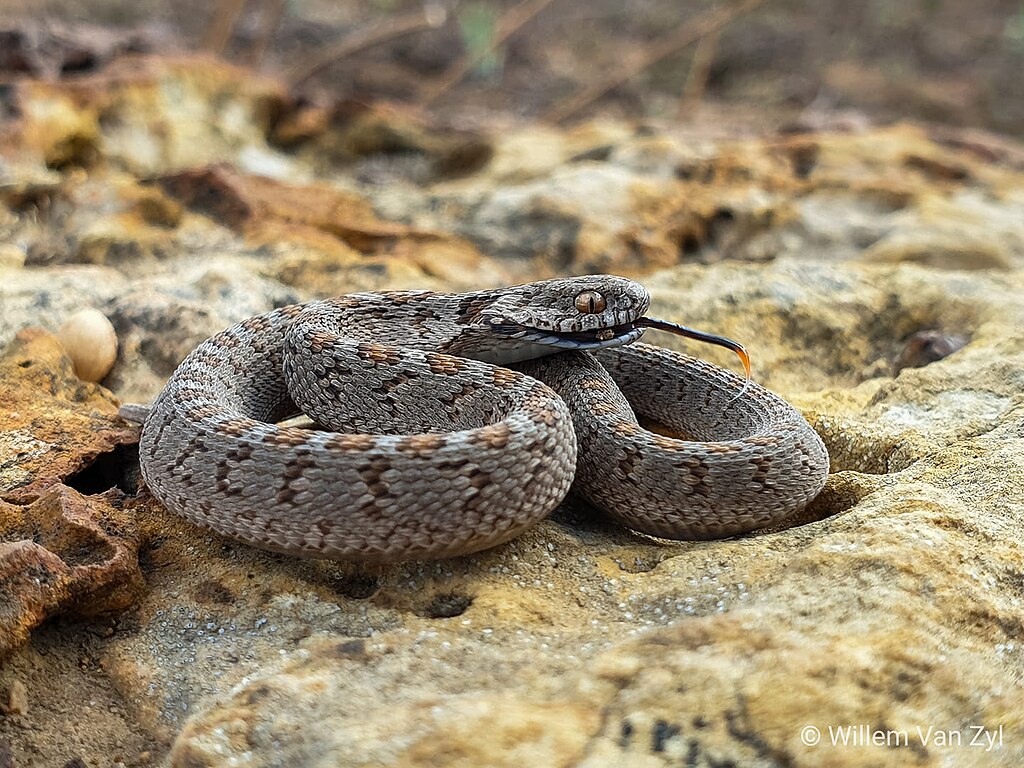
Modern technology offers increasingly sophisticated options for monitoring and securing snake enclosures. Simple magnetic alarm sensors, similar to those used in home security systems, can be installed on enclosure doors to alert you immediately if they open unexpectedly. Wireless camera systems designed for pet monitoring allow you to check on your snake remotely, potentially catching escape attempts in progress before your snake gets far. Automated locking mechanisms with backup power supplies ensure enclosure security even during power outages or equipment failures. For collectors with multiple valuable reptiles, comprehensive security systems can integrate temperature monitoring, motion detection, and access controls in a single convenient dashboard. While these high-tech solutions require initial investment, they provide peace of mind that can be invaluable for owners of particularly valuable or dangerous snake species.
Preparing for Potential Escapes

Even with perfect prevention measures, responsible snake owners should prepare for the possibility of escapes. Create a detailed “emergency escape plan” that includes a room-by-room search protocol, locations of likely hiding spots specific to your home’s layout, and contact information for local reptile experts who might assist in difficult recapture situations. Maintain an “escape kit” containing tools like snake hooks, gloves, flashlights, and capture bags ready for immediate use. Consider microchipping valuable snakes through a veterinarian experienced with reptiles, making identification possible if your snake is found by someone else. Prepare a “lost snake” notification with your contact information and a non-threatening photo of your snake that can be shared with neighbors and local animal control if necessary. Document your snake’s distinctive markings and patterns in photographs that could help identify it if found by others who might not be familiar with the specific species.
When to Seek Professional Help

There are situations when calling in professional assistance becomes the wisest course of action. If your snake has been missing for more than a few days despite thorough searching, professional reptile retrievers with specialized equipment and expertise may be able to locate it when personal efforts have failed. Venomous species escapes should always trigger immediate contact with professionals trained in dangerous reptile handling, as well as notification to local authorities depending on your area’s regulations. If your snake has potentially entered building infrastructure like HVAC systems, wall voids, or areas requiring construction skills to access, professional contractors with reptile experience may be necessary to prevent structural damage during retrieval efforts. For apartment dwellers, situations where your snake might have entered neighboring units require professional mediation and assistance to coordinate multi-unit searches while respecting others’ property rights. Remember that faster intervention from professionals often results in quicker recovery with less stress for both the snake and its owner.
Successful snake keeping requires a balance between providing an enriching environment and maintaining absolute security. By understanding your snake’s natural behaviors, implementing appropriate physical barriers, and developing systematic response protocols for potential escapes, you can enjoy your reptilian companion with confidence. Remember that most escapes are preventable with proper enclosure selection, regular maintenance, and attention to your snake’s specific needs. When issues do arise, prompt, methodical action typically results in successful recovery. With the comprehensive approaches outlined in this guide, you’ll be well-equipped to keep your serpentine friend safely contained while providing the quality care it deserves, transforming a potential escape artist into a content captive companion.

